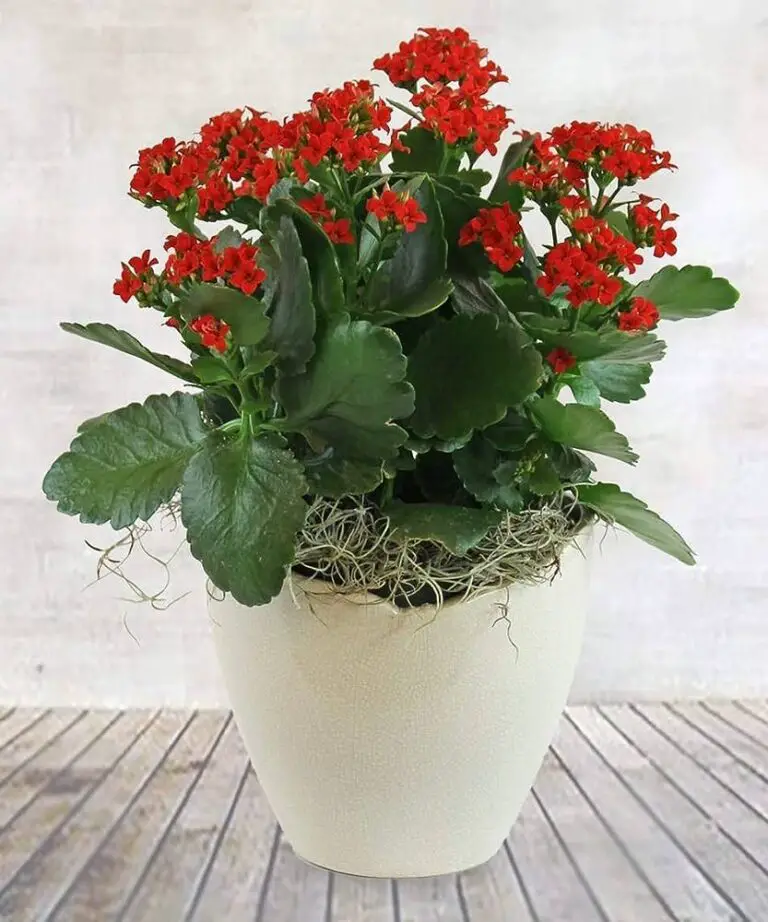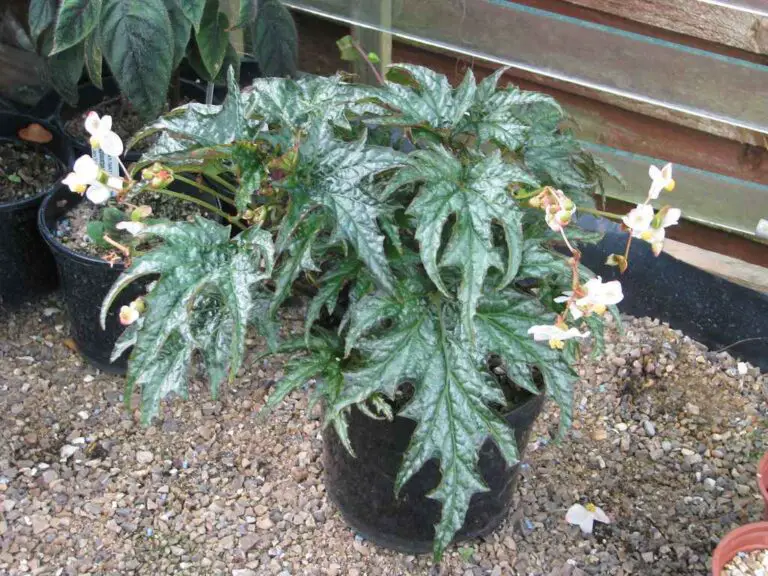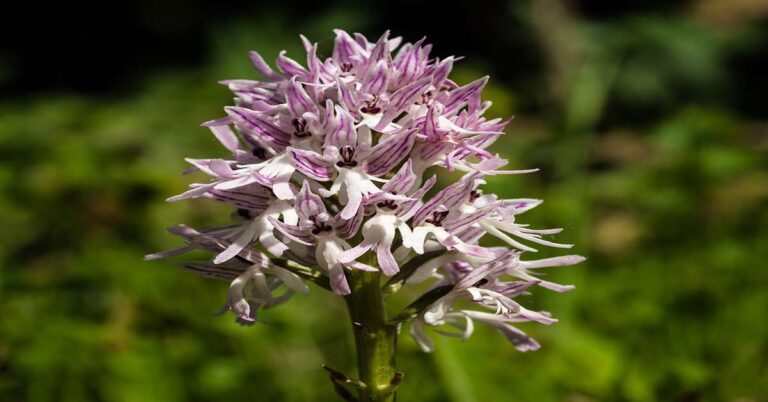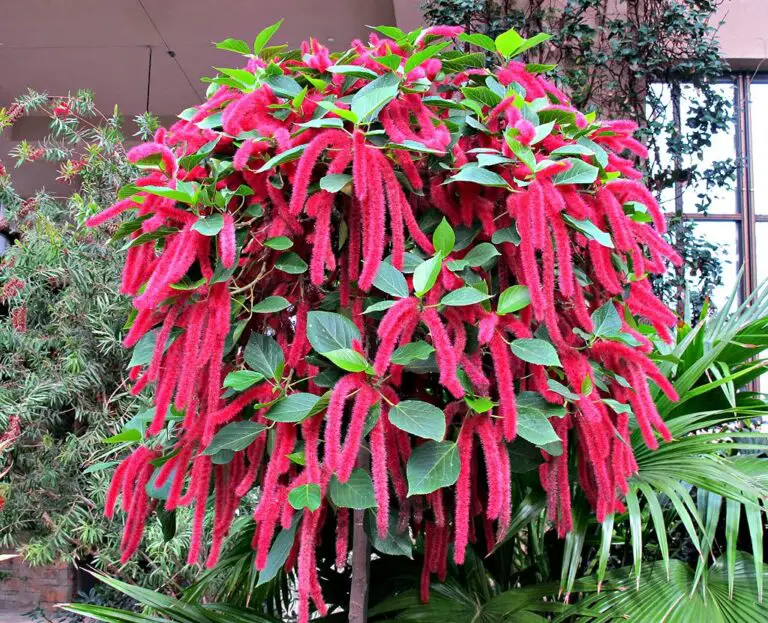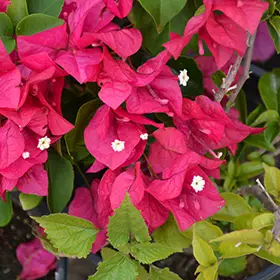Introduction
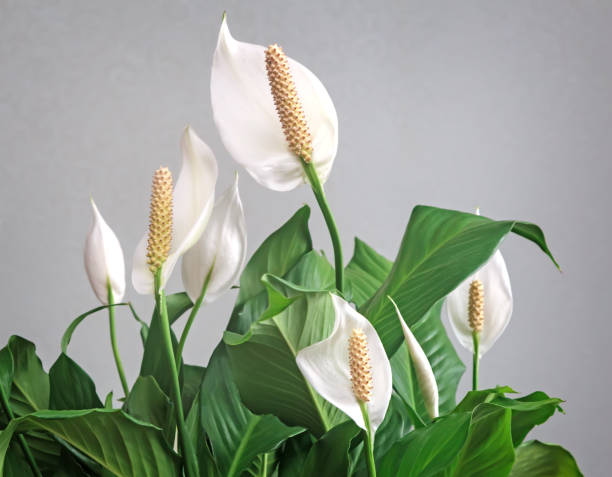
A. Have you ever found yourself frustrated by the lack of blooms on your peace lily plant?
B. Peace lilies are not only beautiful but also offer numerous benefits, including improved air quality.
C. In this article, we will explore the common reasons why peace lilies fail to bloom and provide practical solutions to encourage their flowering.
II. Understanding Peace Lily Blooming Behavior
A. Peace lilies follow a natural blooming cycle, where they produce beautiful white flowers. B. Typically, healthy peace lilies bloom every few weeks or months. C. To ensure consistent blooms, it is essential to provide proper care and attention.
Environmental Impact And Conservation Of Bellflower Milky Latex Plants
III. Potential Reasons for Non-Blooming Peace Lilies
A. Insufficient Light
- Peace lilies thrive in bright, indirect light, making them ideal for indoor spaces.
- Insufficient light can hinder flower development and lead to fewer blooms.
- To solve this, consider placing your peace lily near a window with filtered light or providing artificial grow lights.
B. Improper Watering Practices
- Proper watering is crucial for peace lilies as they are sensitive to both overwatering and underwatering.
- Overwatering can lead to root rot, while underwatering can cause stress, resulting in no blooms.
- Find the right watering balance by allowing the topsoil to dry slightly before watering again.
C. Unsuitable Environmental Conditions
- Peace lilies prefer temperatures between 65°F to 80°F (18°C to 27°C) and high humidity levels.
- Extreme temperatures and low humidity can deter flowering.
- Maintain a comfortable environment for your peace lily, and consider using a humidifier if necessary.
D. Nutrient Deficiencies
- Peace lilies require essential nutrients, such as nitrogen, phosphorus, and potassium, for healthy growth and blooming.
- Nutrient deficiencies can lead to weak and fewer blooms.
- Use a balanced fertilizer formulated for houseplants to provide the necessary nutrients.
8 Plants With Purple Bell-Shaped Flowers: Adding Beauty To Your Garden
IV. How to Get Your Peace Lily to Bloom
A. Assessing Current Care Practices
- Take a closer look at your care routine to identify potential issues.
- Check the light exposure, watering frequency, and humidity levels.
B. Adjusting Light and Placement
- Relocate your peace lily to a spot with better lighting conditions.
- Avoid exposing the plant to direct sunlight, as it may scorch the leaves.
C. Refining Watering Habits
- Follow a consistent watering schedule based on your peace lily’s needs.
- Ensure proper drainage to prevent waterlogged soil.
D. Creating the Ideal Environment
- Maintain a room temperature within the preferred range for peace lilies.
- Use a humidity tray or mist the plant regularly to enhance moisture levels.
E. Feeding and Nutrient Boost
- Choose a suitable fertilizer for peace lilies and apply it according to the instructions.
- Regular feeding will promote healthier foliage and increased blooming.
V. Patience and Monitoring Progress
A. Be patient after making adjustments to your peace lily’s care routine. B. It may take some time for the plant to respond and produce new blooms. C. Monitor its progress and observe any changes in its growth patterns.
VI. Troubleshooting Persistent Non-Blooming Issues
Despite your efforts, your peace lily may still face blooming challenges. B. If problems persist, consider seeking advice from a horticulturist or plant expert. C. Professional diagnosis can help pinpoint underlying issues and provide tailored solutions.
Amaryllis: Growing & Caring For The Stunning White Beauties
VII. Celebrate Success and Enjoy Blooming Beauty
A. Congratulations on successfully encouraging your peace lily to bloom!
B. Continue providing attentive care to maintain a healthy and vibrant plant.
C. The beauty of blooming peace lilies will add a touch of serenity to your living space.
| Benefit of Peace Lily |
|---|
| 1. Air purification |
| 2. Allergy relief |
| 3. Low maintenance |
| 4. Improved indoor humidity |
| 5. Peaceful and calming presence |
| 6. Non-toxic to pets and humans |
| 7. Beautiful white flowers |
| 8. Removes harmful pollutants |
| 9. Enhances indoor decor |
| 10. Easy to propagate and share |
VIII. Conclusion
A. In conclusion, peace lilies are wonderful plants that require proper care to bloom.
B. Addressing issues such as light, water, environment, and nutrients will help your peace lily thrive.
C. Remember to be patient and attentive, and you’ll be rewarded with the stunning sight of blossoming peace lilies.
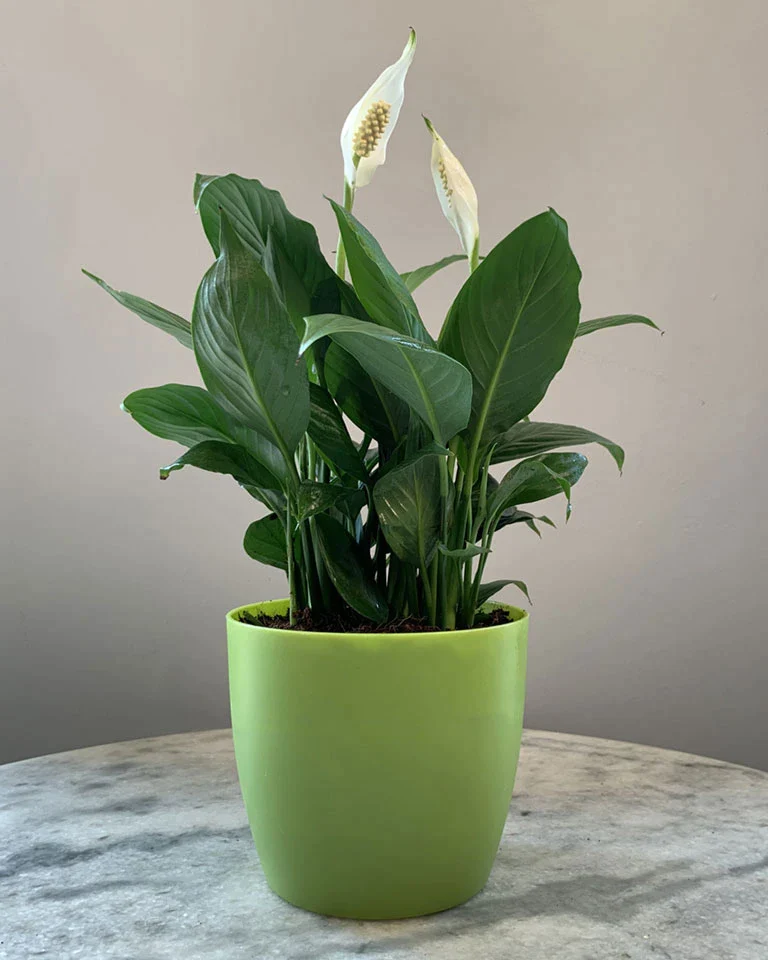
FAQs (Frequently Asked Questions)
- Why is my peace lily not blooming even after providing it with enough light? If your peace lily is not blooming despite adequate light, check for other factors like watering, humidity, and nutrients. Addressing these aspects might help stimulate blooming.
- How often should I water my peace lily to encourage blooming? Peace lilies prefer slightly moist soil but dislike waterlogged conditions. Water them when the top inch of soil feels dry to the touch.
- Can I use regular household plant food for my peace lily? It’s best to use a balanced houseplant fertilizer specifically formulated for peace lilies, as they have unique nutrient requirements.
- What should I do if my peace lily’s leaves are turning yellow? Yellowing leaves can indicate overwatering or nutrient deficiencies. Adjust your watering routine and consider fertilizing to correct the issue.
- Is it normal for my peace lily to have a dormant period without blooms? Yes, peace lilies can have periods of rest where they may not bloom. This is natural and part of their growth cycle. Continue providing care, and blooms should return in due time.

